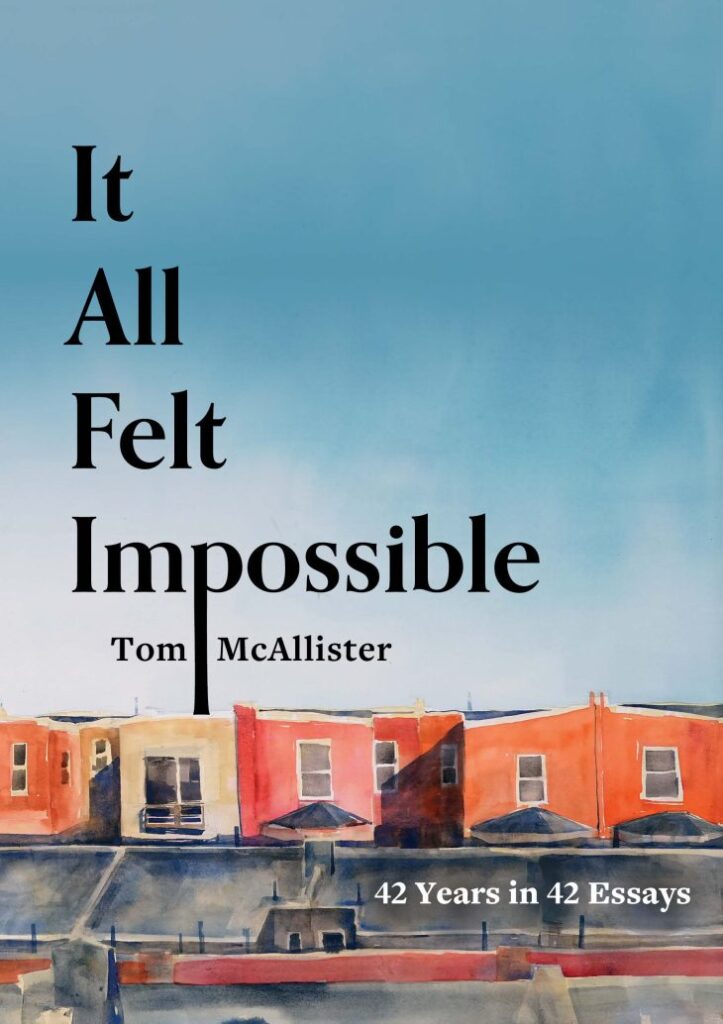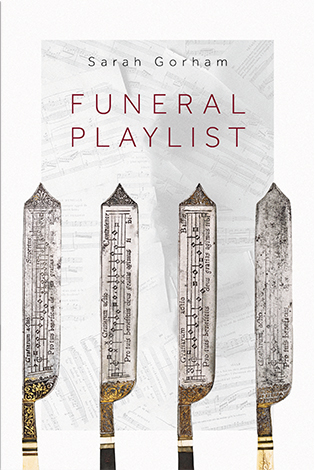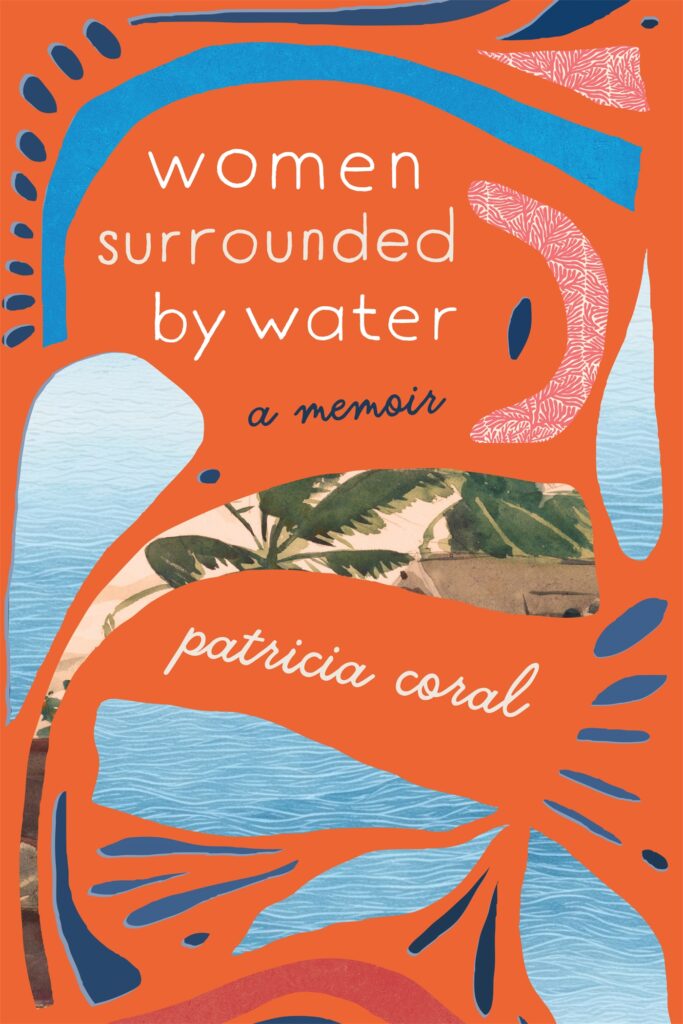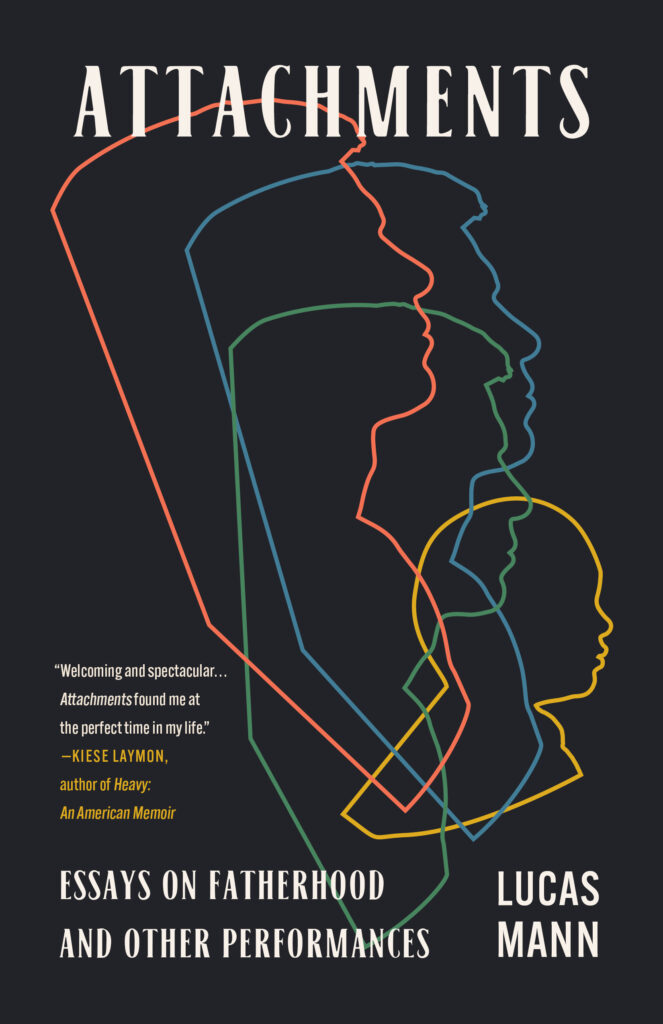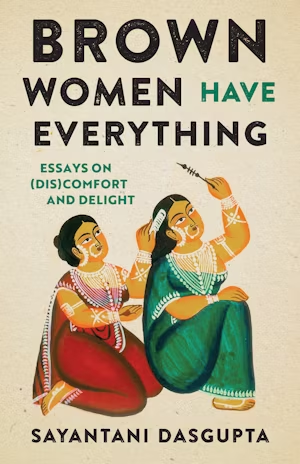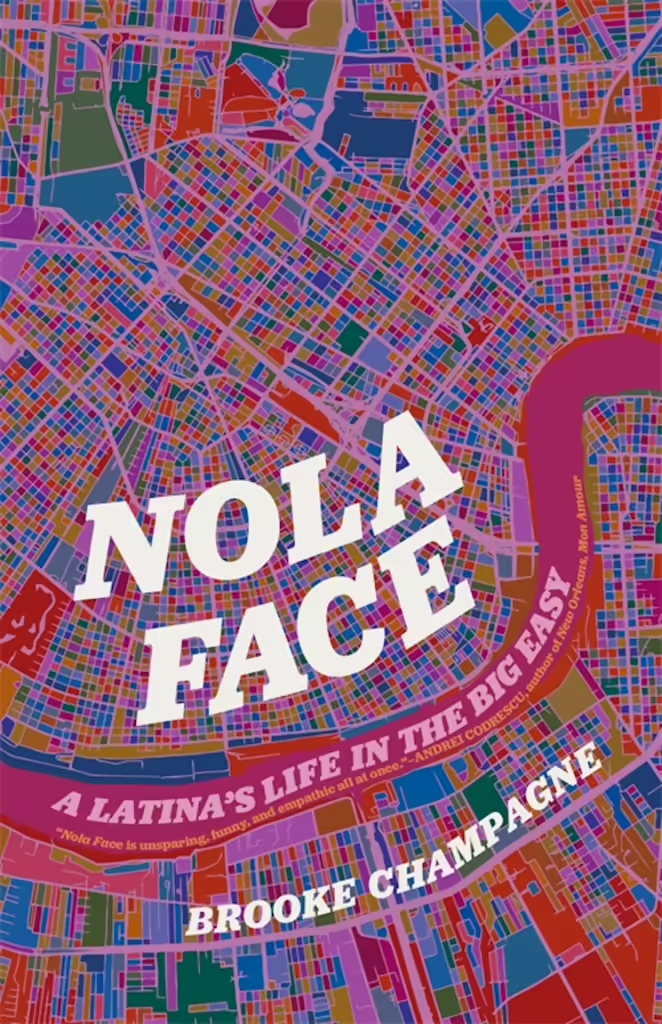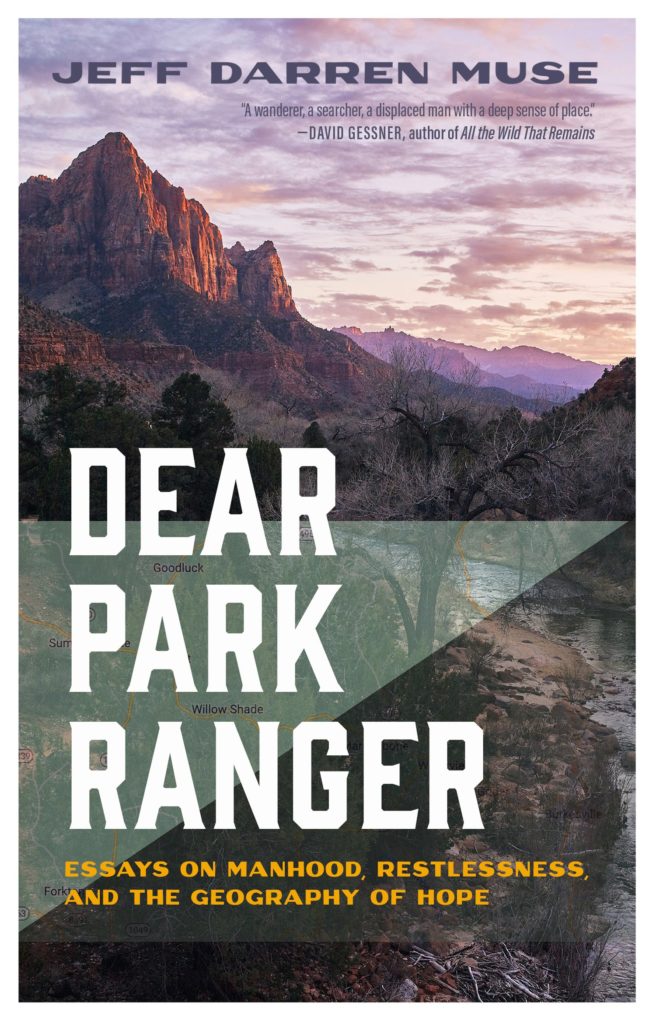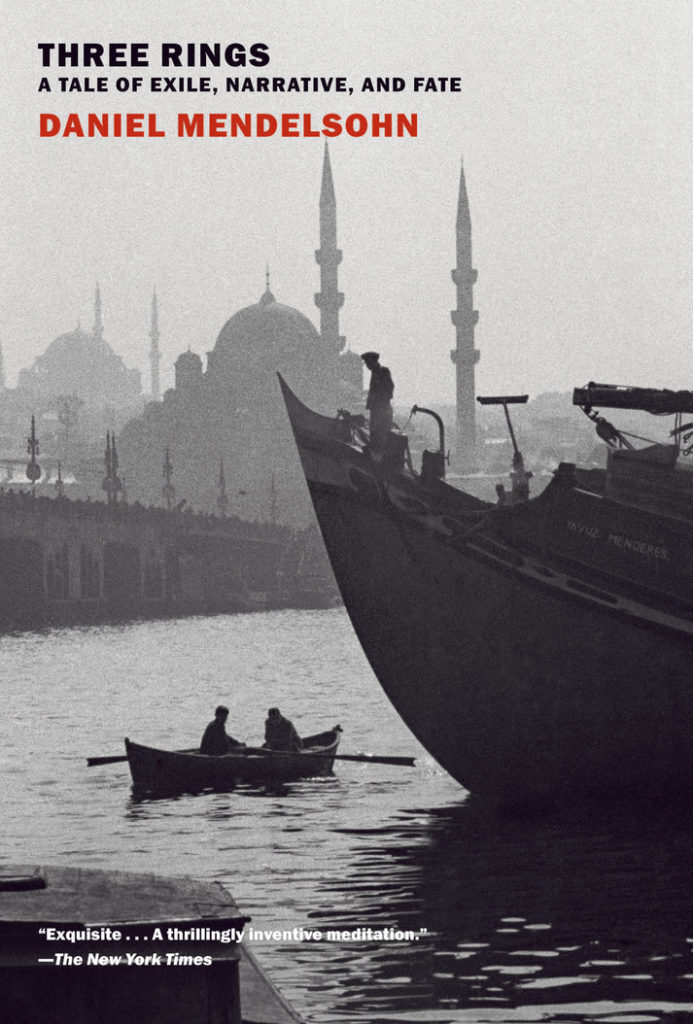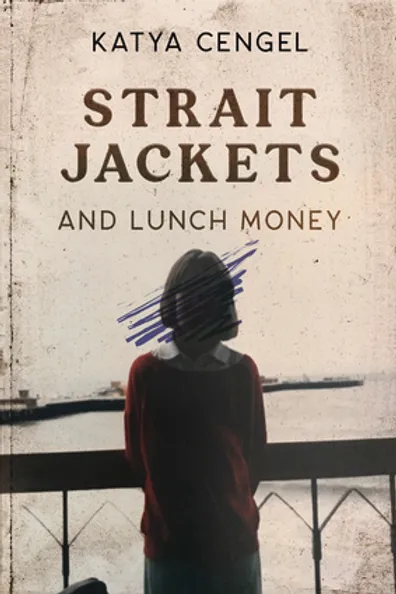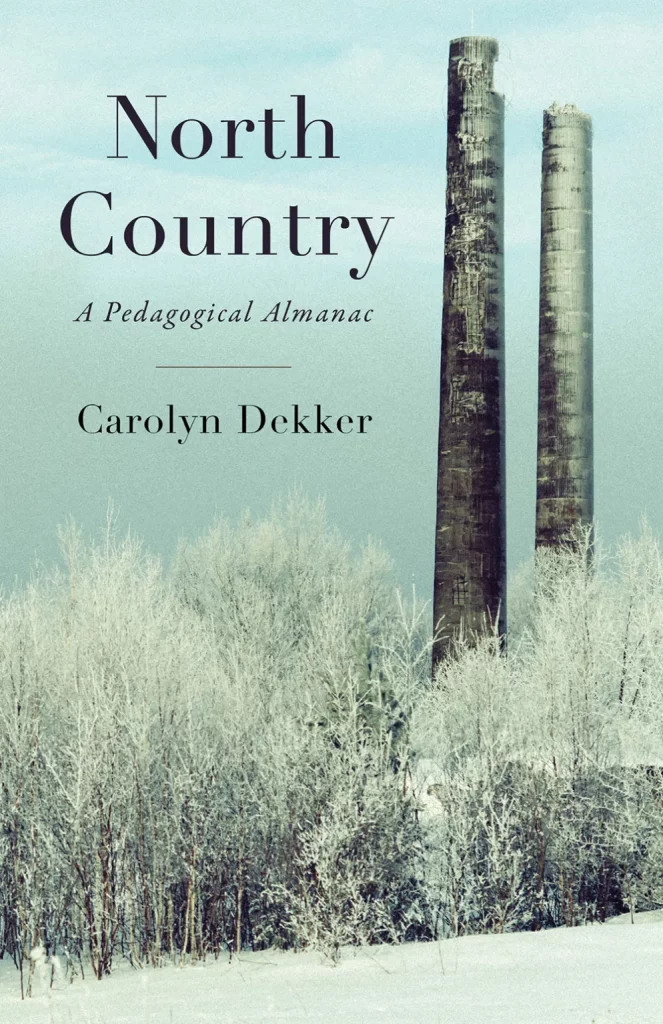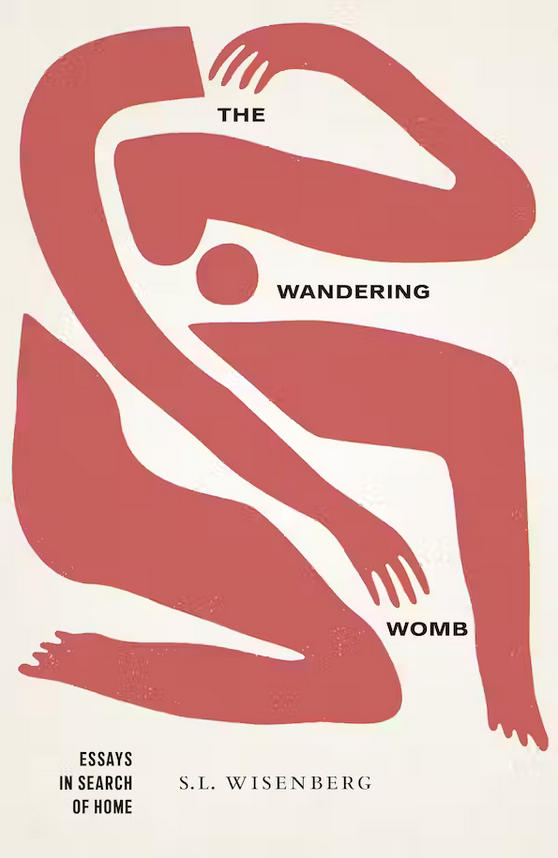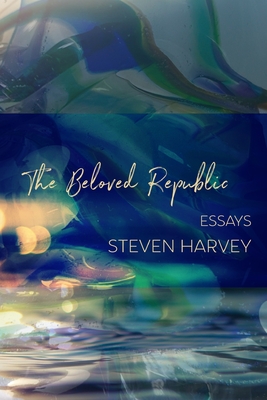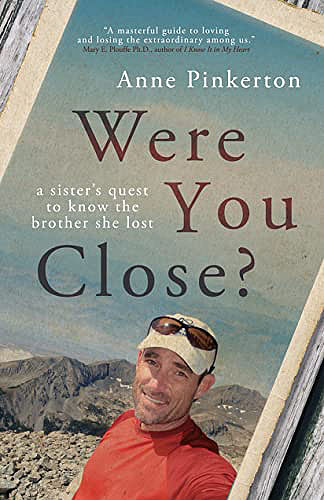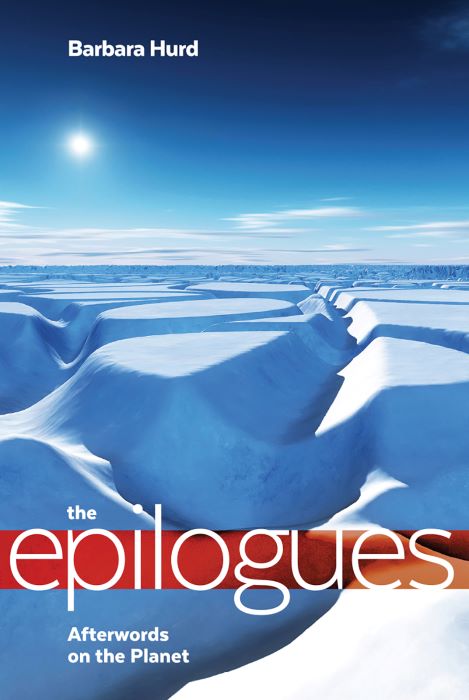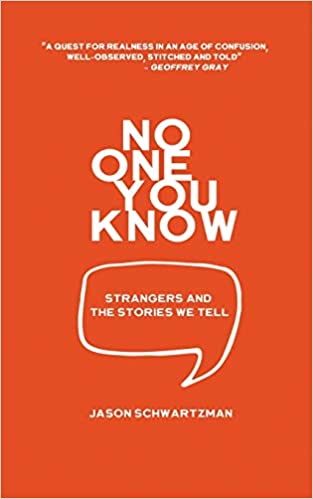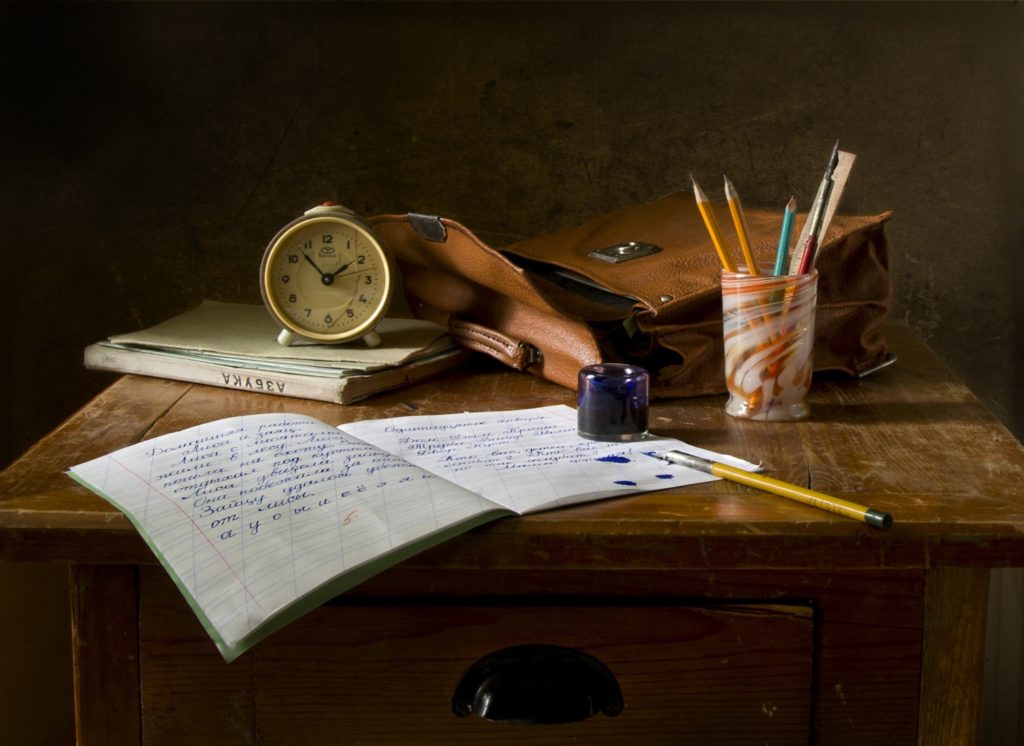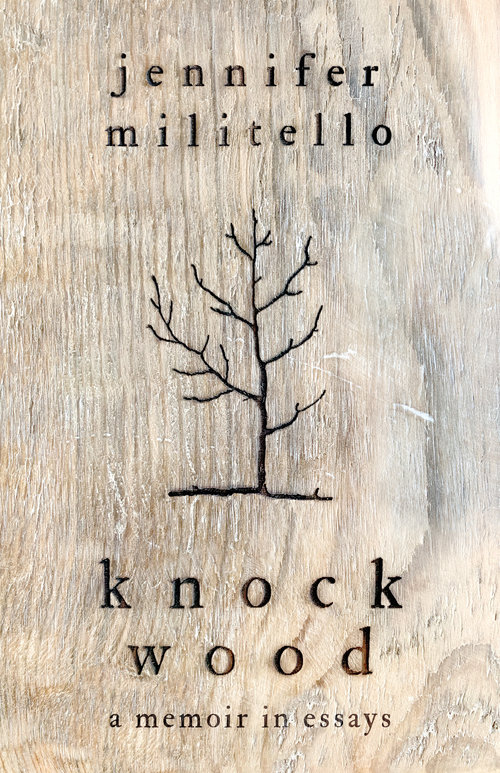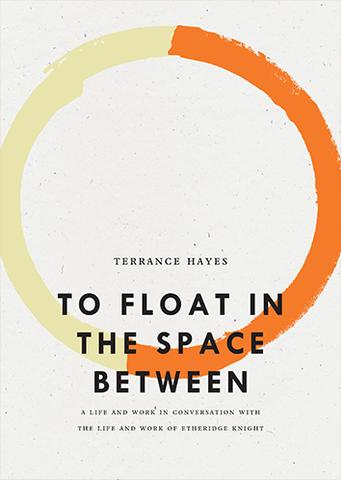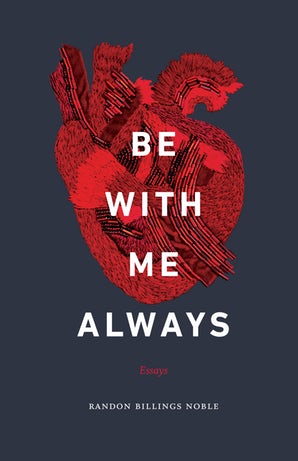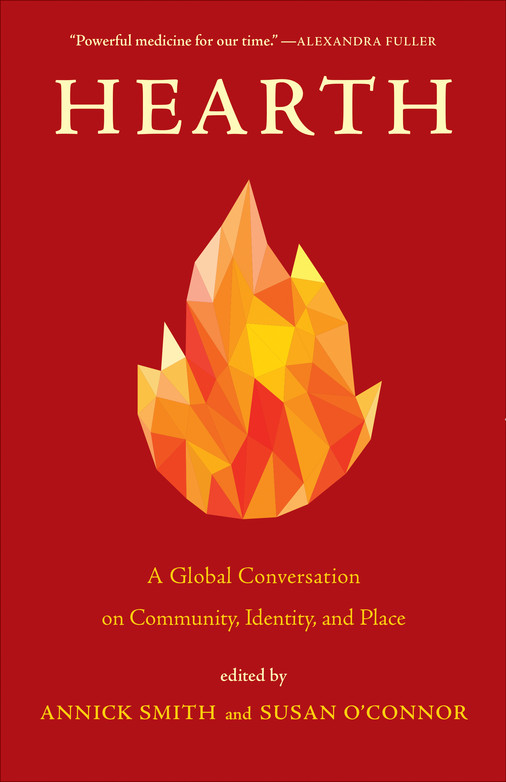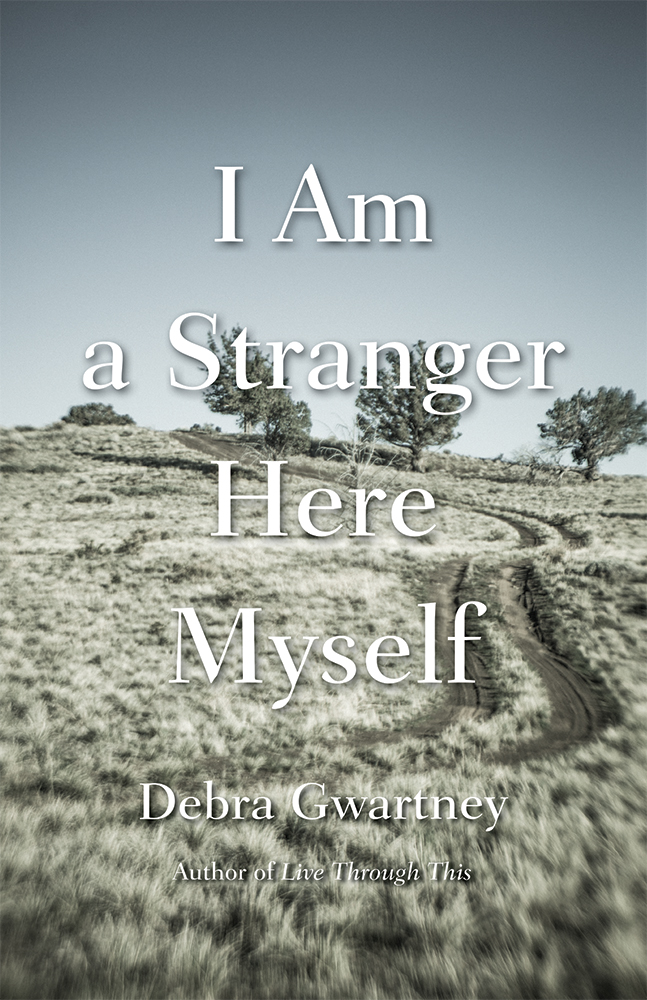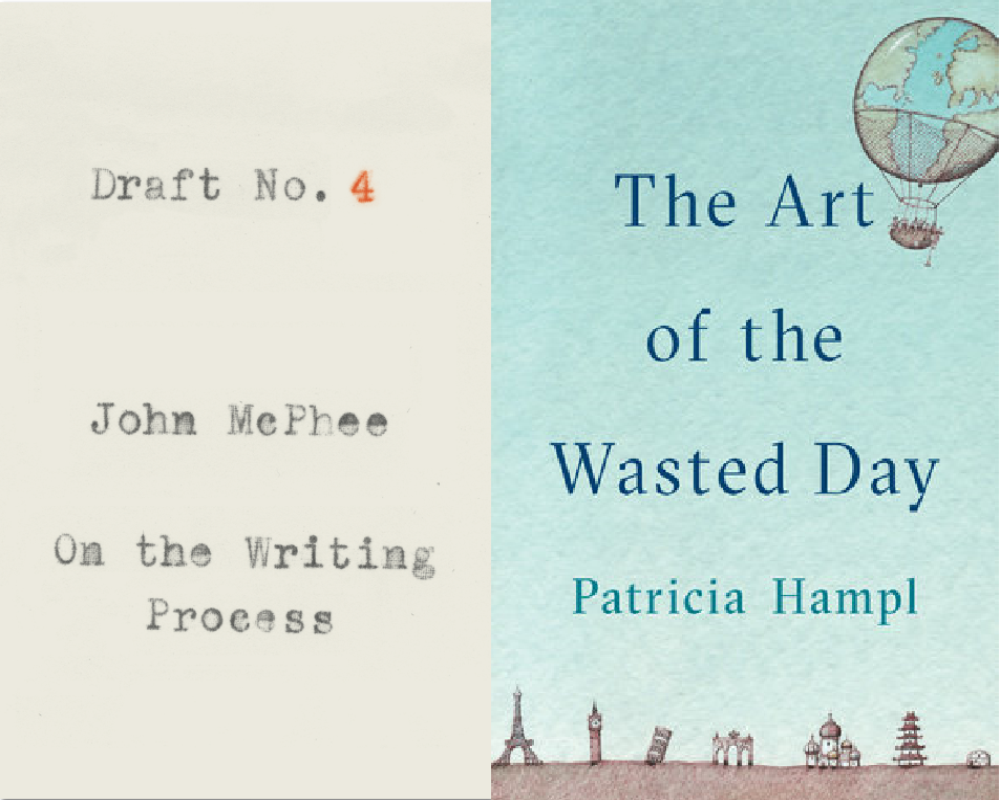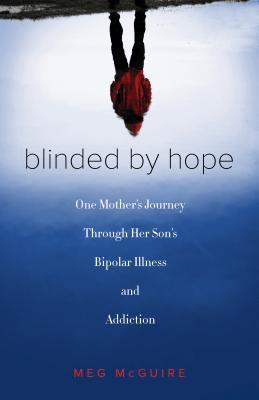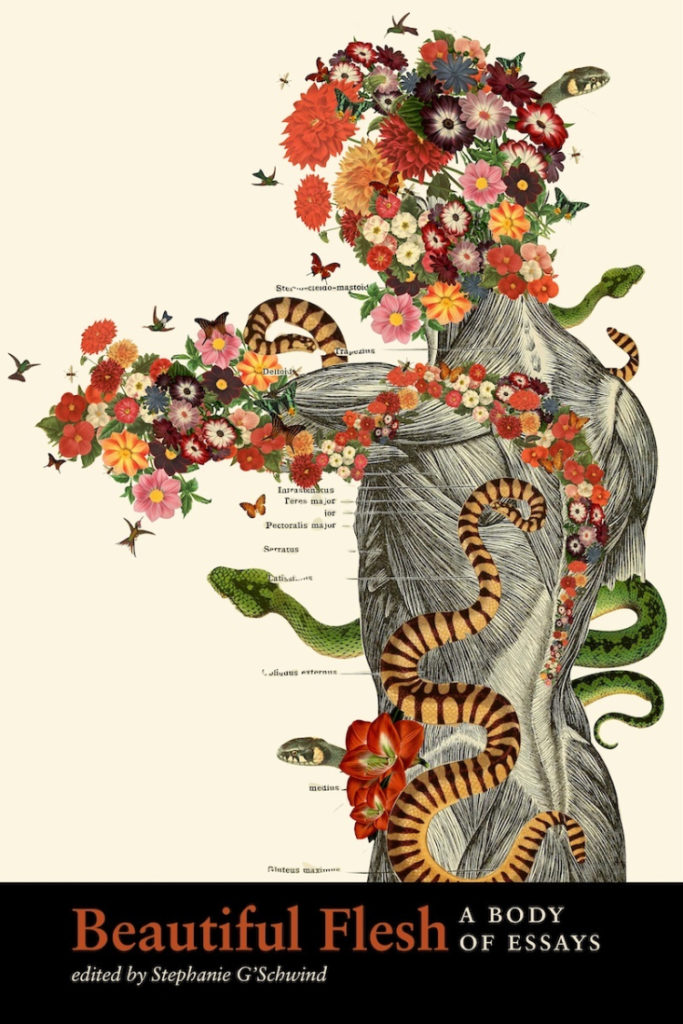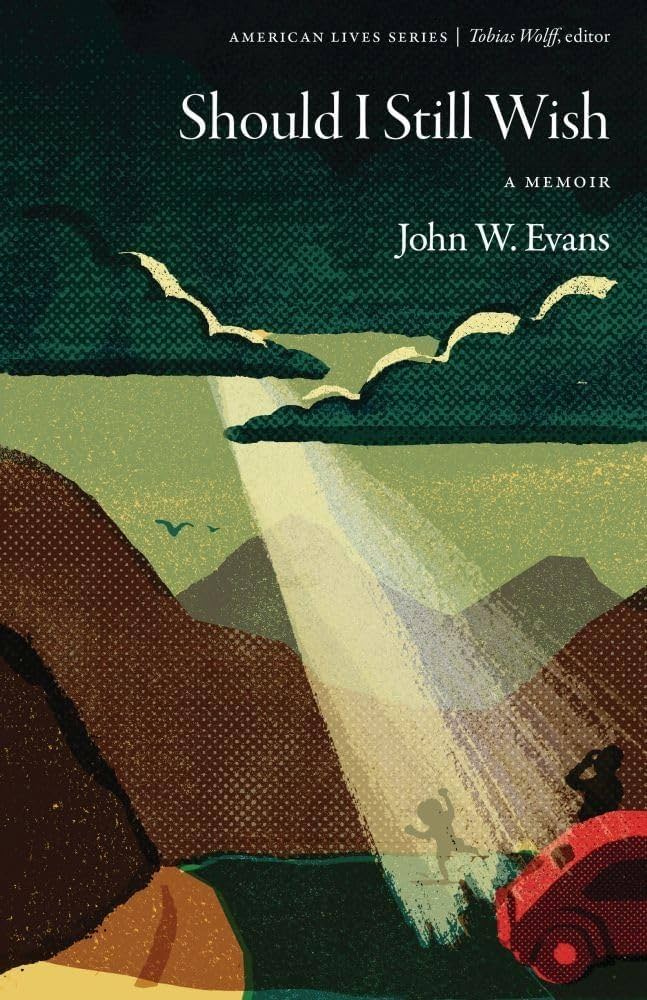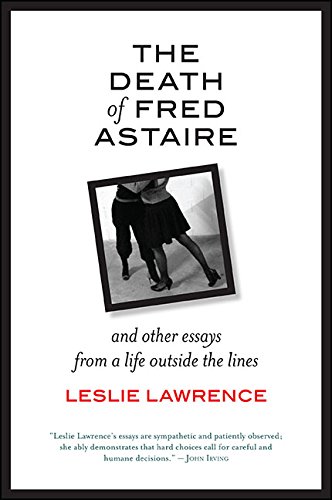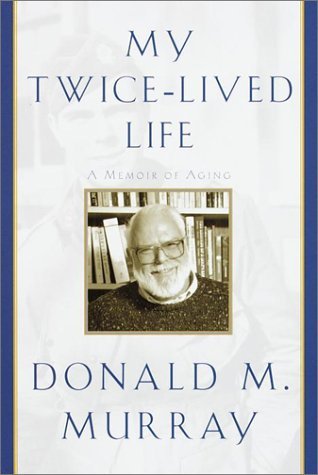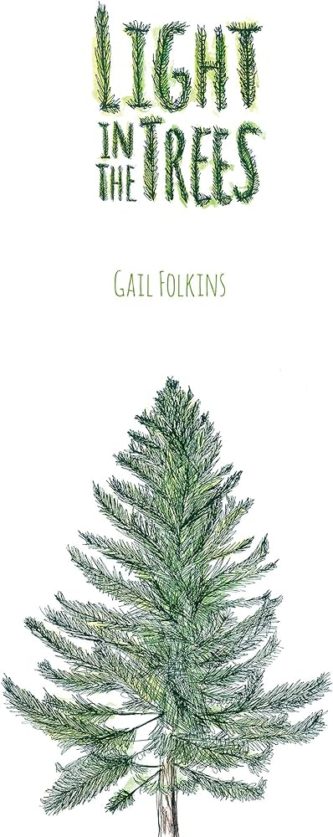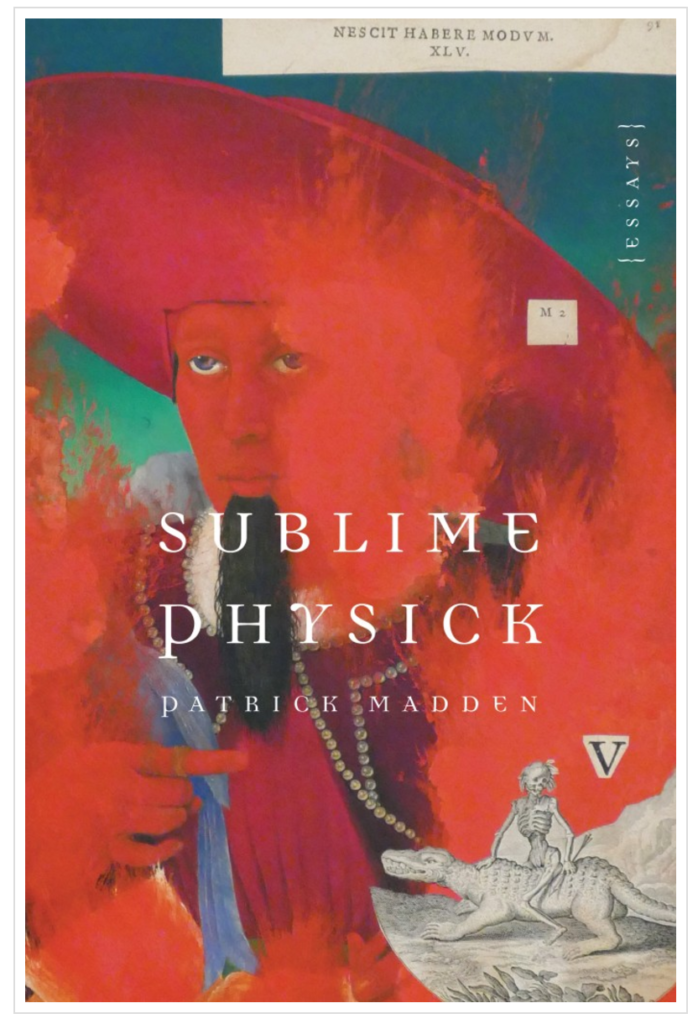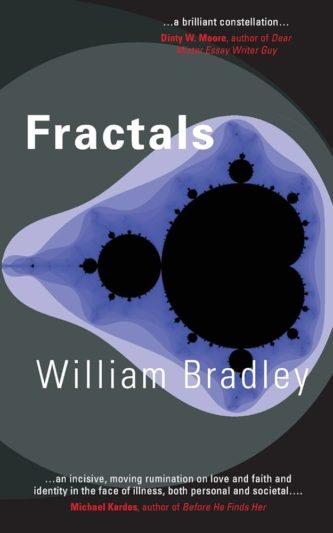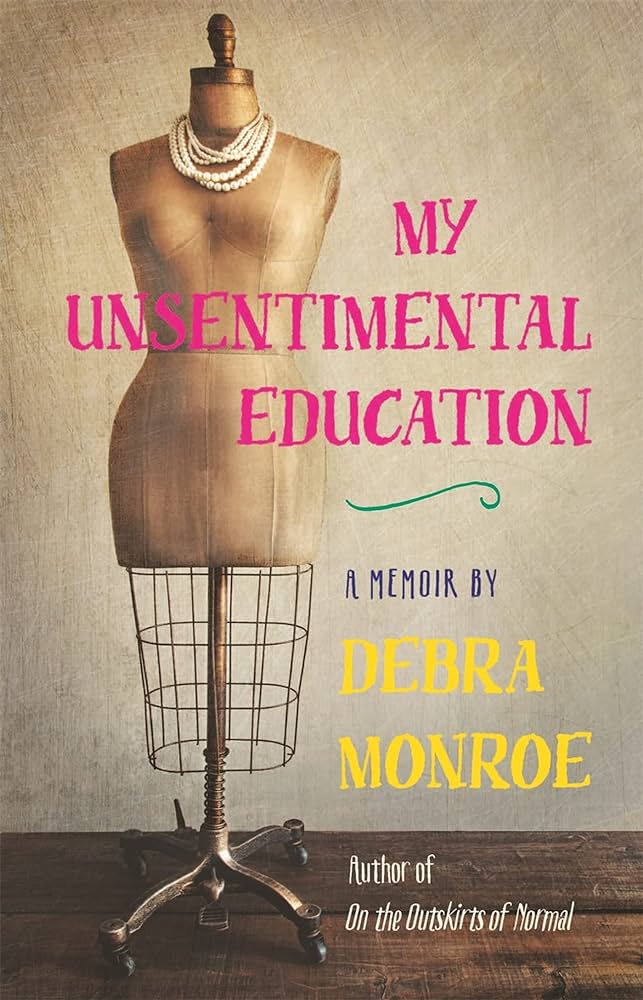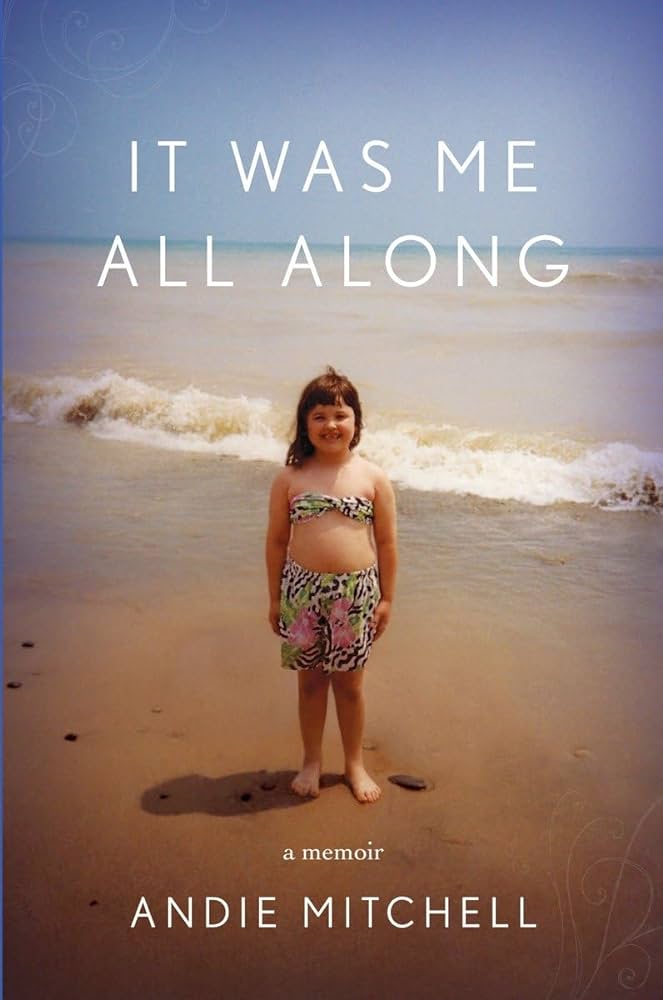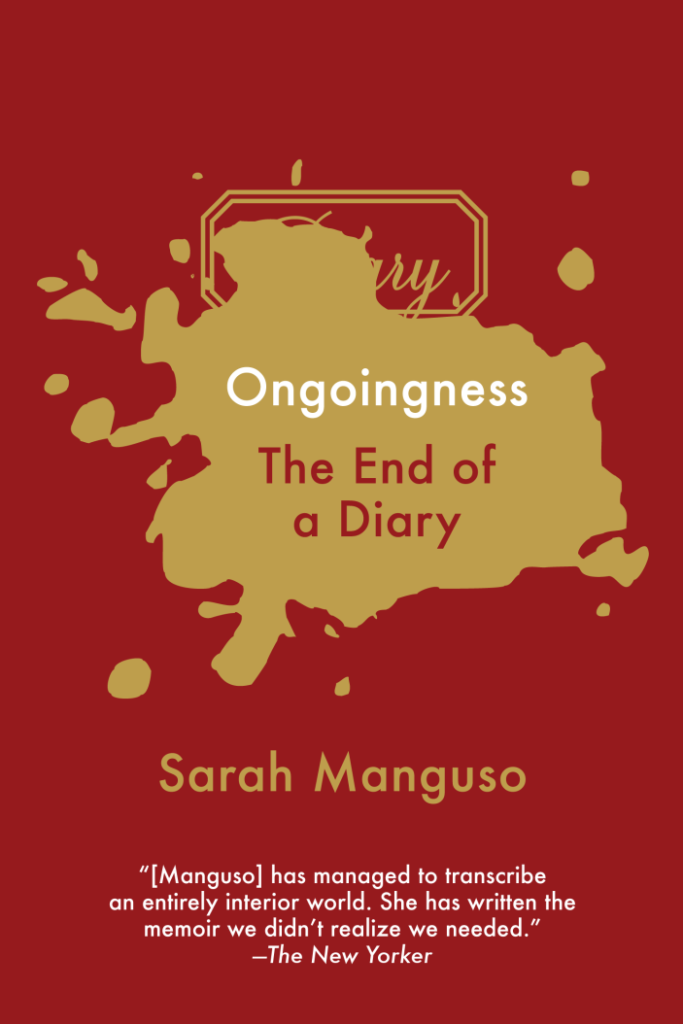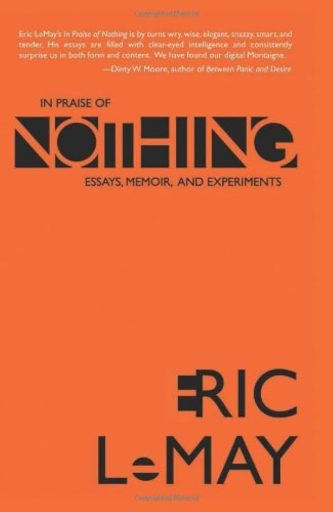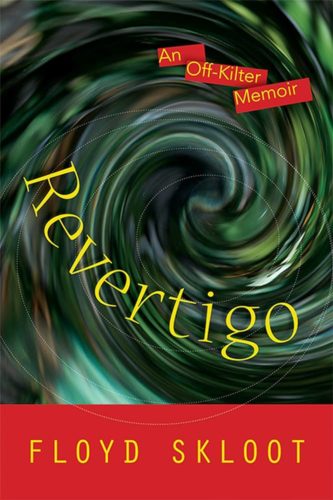By Jessica Handler
Wisconsin Death Trip by Michael Lesy
Neglected Nonfiction Classics
At first glance, the photographic record of Black River Falls, Wisconsin, shows an average town for the time, from 1890 to 1910. The wallpaper was patterned, the furniture solid. Some citizens were old, others young, some were black, others Native American, most were white. The living sang, farmed, posed in their best clothing, played with their children, went on errands. The dead looked out from open coffins in parlors.
These are some of the images that author and historian Michael Lesy saw when in the late 1960s he explored a collection of nineteenth-century photographs by Charles Van Schaick. Van Schaick, like most commercial photographers of the day, captured quotidian and celebratory moments of people, in his studio, on the streets, and in homes. He also produced memorial photography—images of loved ones bedecked in their coffins—the final memento of a child, a mother, a husband, gone to their reward.
For what became his Ph.D. dissertation, Lesy curated less than two hundred images, which contain “sufficient information” about the era, from a collection of nearly thirty thousand photos. He originally intended to make a movie, a project that proved too costly. Instead, Lesy punctuated selected images with unrelated text from several contemporaneous years, published in the local Badger State Banner newspaper. In doing so, he created a remarkable book where text and image collide.
In the forty-five years since its publication, Wisconsin Death Trip has become a cult favorite, an example of hybrid nonfiction narrative about more than an era and its people in Black River Falls. Lesy created a story of the seen and unseen, the spoken and the silent in small-town America at the end of the nineteenth century. Still writing, Lesy is a professor of literary journalism at Hampshire College and the author of thirteen books, many based on historical and archival images.
“The pictures you’re about to see,” Lesy writes in his introduction, “are of people who were once actually alive. The excerpts you’re about to read recount events these people, or people like them, once experienced. None of the accounts are fictitious.”
What we see of these strangers’ stories, he contends, reflects our own. His arrangement of text and image reveals, in his words, “a flexible mirror,” probing who we were and what we thought might lie around life’s next corner. That “mirror,” he writes, “if turned one way can reflect the odor of the air that surrounded me as I wrote this; if turned another, can project your anticipations of next Monday; if turned again, can transmit the sound of breathing in the deep winter air of a room of eighty years ago, and if turned once again . . . can fuse all three images.” Wisconsin Death Trip, Lesy continues, is “as much an exercise of history as it is an experiment of alchemy.”
Of course, we understand when viewing images made in the time before today’s photo-editing software that what we’re seeing is true, at least, factually. (A discussion of the so-called spirit photography of William Mumler, William Hope, and others, roughly contemporary to these images, is another topic altogether.) But by putting forward the seemingly self-evident claim that the photos are true, Lesy invites us to question what we think we know about what we’re seeing.
Wisconsin Death Trip is not abrupt or uncomfortable, at least in its construction. There’s a rhythm to the organization of photographs and text. The narrative recalls a musical composition, Lesy explains, “obey[ing] its own laws of tone, pitch, rhythm, and repetition.” Much like good music, Wisconsin Death Trip does not leave your memory easily. In a 2003 interview with the digital magazine Identity Theory, Lesy explained, “there are funereal images, but there are images of [a] stallion and the young man showing his muscles. Families and youth and marriage and happiness.” A harmony and a melody.
The book is also a choose-your-own-adventure story. Frozen, haunted—and haunting—quotidian moments in Black River Falls fill the pages, one photo to a page. None has a caption, an editorial choice that startles the reader and pushes us into a narrative freefall. Who is this dead baby? What about this well-dressed woman hurrying past the city library? I have nothing but what my expectations allow me to bring to the picture.
This one, for example. A woman of indeterminate age, outdoors, laughing. Her face is in shadow under a hat big as a bicycle wheel. She’s laughing, open-mouthed, absolutely delighted. The day appears hot. The grass looks blistered, the sun is bright. A wooden bench is upended behind her. Has she kicked it over? But I notice something disturbing after I’ve smiled back, intuitively, to her compelling grin. She’s holding three very big snakes. The first one is coiled around her neck, The snake dangles heavily to her waist. Her left hand hovers near another snake flexed at her breast. Her index finger is flexed above the snake, perhaps petting it. In her right hand, a third snake extends its neck across her chest, as if seeking a place to rest.
Why on earth was a woman in a field in Wisconsin gleefully holding three active snakes? I will never, ever, know. And there’s the reason I can’t look away. How and why are never answered. This is up to me to decipher.
Turning to a section of text offers no clarity. The sheriff’s house and jail at Medford were burned. The society people of Kenosha are worked up over the discovery that a person known as “Mrs. Howe” is not a woman but a man. These are two excerpts from the three pages that begin 1892, the year boxed in bold. What does the fire at the jail have to do with “Mrs. Howe”? We learn nothing more about this person, or the fire. Edited into fragments, the text is the equivalent of a snapshot.
As pages of written excepts from the newspaper accrue, they build not traditional narrative, but narrative tension and the thrill of narrative incompleteness. In that space between knowing and not knowing, Wisconsin Death Trip becomes mesmerizing. Tragedy is a cozy neighbor to a smiling woman bathing a plump infant. Something awful and unnamed lurks just outside the image of a marching band in full uniform and posed beneath a stand of pines. That’s my reading. You? Depends on your interpretation.
Wisconsin Death Trip is an exercise in divining a world from fragments of narrative. The photographs exist without captions, dates, or explanation beyond what might be represented in the photograph itself. As a result, Lesy’s meditative historicism invites us to examine not only the pages before us, but to look inside ourselves for the surprising relationships between our own stories and images of what we fear, what we miss, what we celebrate, what we long for.
The text selections themselves are dark, perhaps inadvertently funny, strange, and beautiful. For example, under the title box, 1894, we read, the trouble was that Tom was in love with one of the twins, but she wasn’t in love with him. State Chemist Daniels has furnished an analysis of Ashland’s drinking water and says that it is contaminated with sewage.
The lack of connection is the point. This disconnection demonstrates the imaginative and poetic opportunities in creative nonfiction. In an interview with the Virginia Foundation for the Humanities, Lesy spoke about contextualizing the images of dead bodies and images of the living in his book. He said, “I wish to remind you that these images of death are within a flow of images with other meanings in addition to suffering and death.”
What of that horse, with the crimped mane reaching the ground like a bridal veil? And the group of white fellows in blackface, their gazes toward the ceiling, mouths open in what, harmony? Humiliation? An apology across the ages?
A rear view of a nude body builder, displaying his biceps, before he, what, dives into a pond? Goes for a run? Engages in an act of love? This leads into the section titled, 1898. Sudden baby death Sad insanity Smallpox scare Sets Fire to herself reads the text, and we are far from, and yet emotionally exactly next to, what may be on the mind of our unguarded body builder. Perhaps he read the Badger State Banner that very day, or, for good reason, feared smallpox. Perhaps there was an insane person in his life, or a fire. Perhaps not.
Wisconsin Death Trip remains in print, reissued in 2000 by the University of New Mexico Press. The book inspired a docudrama of the same name. Stewart O’Nan’s A Prayer for the Dying (1999), a novel of diphtheria, death, and post-Civil War trauma, was influenced by Lesy’s book, a debt O’Nan acknowledges on the first page.
My first exposure to Wisconsin Death Trip (one weird inheritance among many in my family) was a gift to my parents from an aunt both mordant and beloved, herself a curator of words and images. The book fascinated me then and haunts me still. Aunt Talie’s typewritten note to my mother remains tucked into the book’s last pages. “I won’t say ‘enjoy,’” she advised. “I don’t think that verb is applicable in the case of Wisconsin Death Trip. However.”
However. Every page is its own “however.” Here’s a series of images of mustachioed gentlemen, proudly posing with their prosthetic legs on, then off. Here’s a section of text headed, 1896. The hard times Sabotage—tramp—High school motto—Smiling youth.
However. Here’s to the good citizens of Black River Falls, once alive, none fictitious. They are our mirror.
Wisconsin Death Trip by Michael Lesy
University of New Mexico Press
$34.95 Paperback | Buy Now!
Jessica Handler is the author of Invisible Sisters: A Memoir and Braving the Fire: A Guide to Writing About Grief and Loss. Her nonfiction has appeared on NPR, in Tin House, Drunken Boat, The Bitter Southerner, Brevity, Creative Nonfiction, Newsweek, The Washington Post, and More Magazine. A founding member of the board of the Decatur Writers Studio in Decatur, Georgia, she teaches creative writing and coordinates the Minor in Writing at Oglethorpe University in Atlanta, and lectures internationally on writing well about trauma. Her debut novel, The Magnetic Girl, is forthcoming from Hub City Press in 2019. www.jessicahandler.com.


